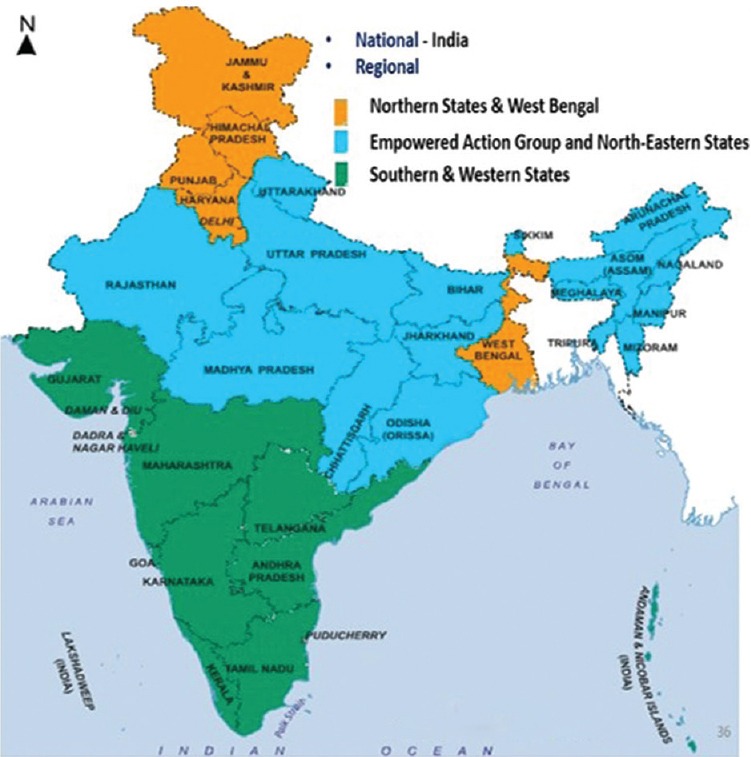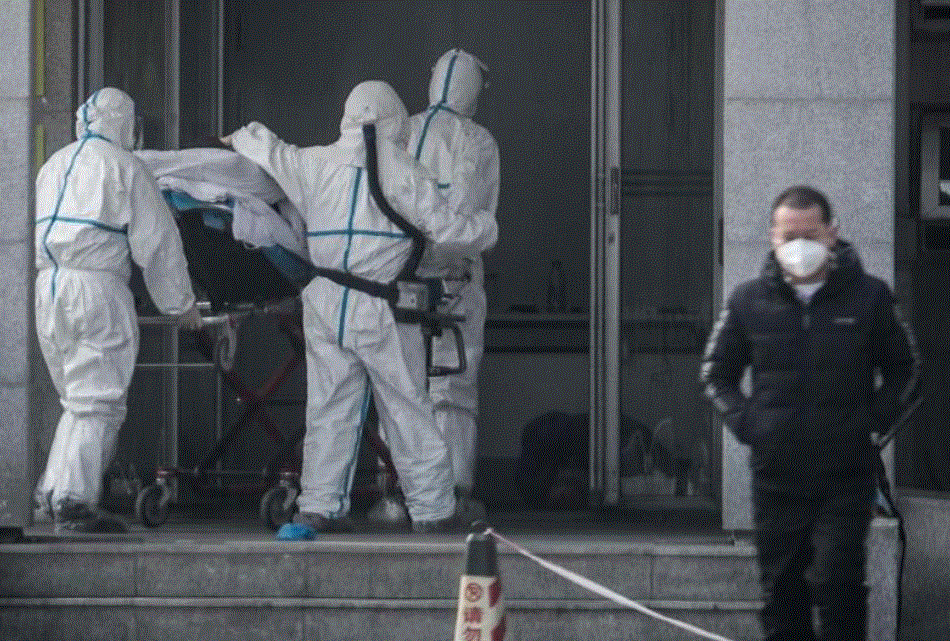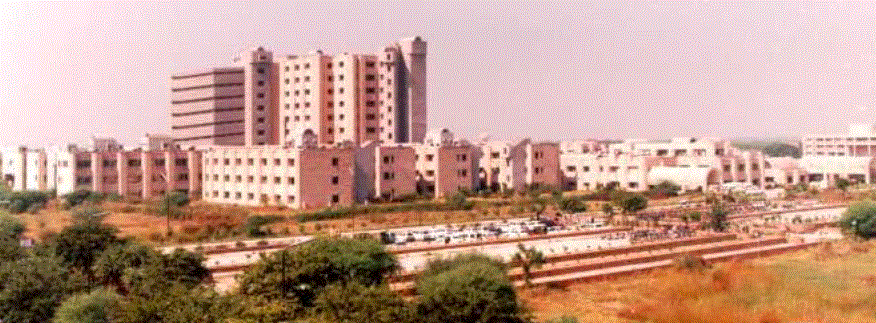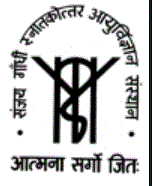In 2001, the National Cancer Institute funded three facilities to check the feasibility of establishing a cohort of American Indian and Alaska Native folks. Participating in tribal organizations named the study EARTH (Education and Research Towards Health).
This paper describes the study strategies. A computerized knowledge assortment and monitoring system was developed utilizing audio computer-assisted survey methodology with contact screens. Data had been collected on weight loss plan, bodily exercise, life-style and cultural practices, medical and reproductive historical past, and household historical past of coronary heart illness, diabetes, and most cancers.
In addition, a small panel of medical measurements was obtained, together with top, weight, waist and hip circumferences, blood stress, and a lipid panel plus glucose. At the completion of the enrollment go to, knowledge had been used to offer quick well being suggestions to study individuals.
During the preliminary funding interval, the authors anticipate enrolling 16,000 American Indian and Alaska Native individuals. The age distribution of the study inhabitants was much like that reported within the 2000 US Census for the related populations.
A part essential to the success of the EARTH Study has been the partnerships with tribal members.
The study has centered on involvement of American Indian and Alaska Native communities in improvement and implementation and on provision of suggestions to individuals and communities.
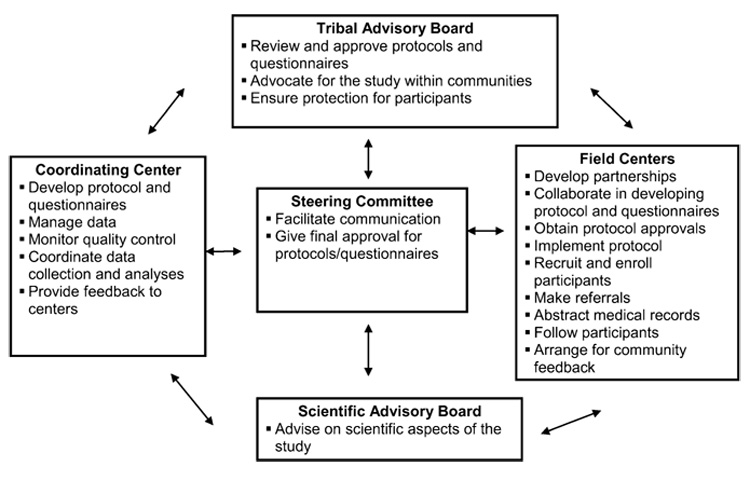
Prevalence of dyslipidemia in city and rural India: the ICMR-INDIAB study.
OBJECTIVE
To study the sample and prevalence of dyslipidemia in a big consultant pattern of 4 chosen areas in India.
METHODS
Phase I of the Indian Council of Medical Research-India Diabetes (ICMR-INDIAB) study was carried out in a consultant inhabitants of three states of India [Tamil Nadu, Maharashtra and Jharkhand] and one Union Territory [Chandigarh], and lined a inhabitants of 213 million folks utilizing stratified multistage sampling design to recruit people ≥20 years of age. All the study topics (n = 16,607) underwent anthropometric measurements and oral glucose tolerance assessments had been carried out utilizing capillary blood (besides in self-reported diabetes). In addition, in each fifth topic (n = 2042), a fasting venous pattern was collected and assayed for lipids. Dyslipidemia was recognized utilizing National Cholesterol Education Programme (NCEP) pointers.
RESULTS
Of the topics studied, 13.9% had hypercholesterolemia, 29.5% had hypertriglyceridemia, 72.3% had low HDL-C, 11.8% had excessive LDL-C ranges and 79% had abnormalities in a single of the lipid parameters.
Regional disparity exists with the very best charges of hypercholesterolemia noticed in Tamilnadu (18.3%), highest charges of hypertriglyceridemia in Chandigarh (38.6%), highest charges of low HDL-C in Jharkhand (76.8%) and highest charges of excessive LDL-C in Tamilnadu (15.8%). Except for low HDL-C and within the state of Maharashtra, in all different states, city residents had the very best prevalence of lipid abnormalities in comparison with rural residents. Low HDL-C was the commonest lipid abnormality (72.3%) in all of the 4 areas studied; in 44.9% of topics, it was current as an remoted abnormality. Common vital danger elements for dyslipidemia included weight problems, diabetes, and dysglycemia.
CONCLUSIONS
The prevalence of dyslipidemia may be very excessive in India, which requires pressing life-style intervention methods to forestall and handle this vital cardiovascular danger issue.


